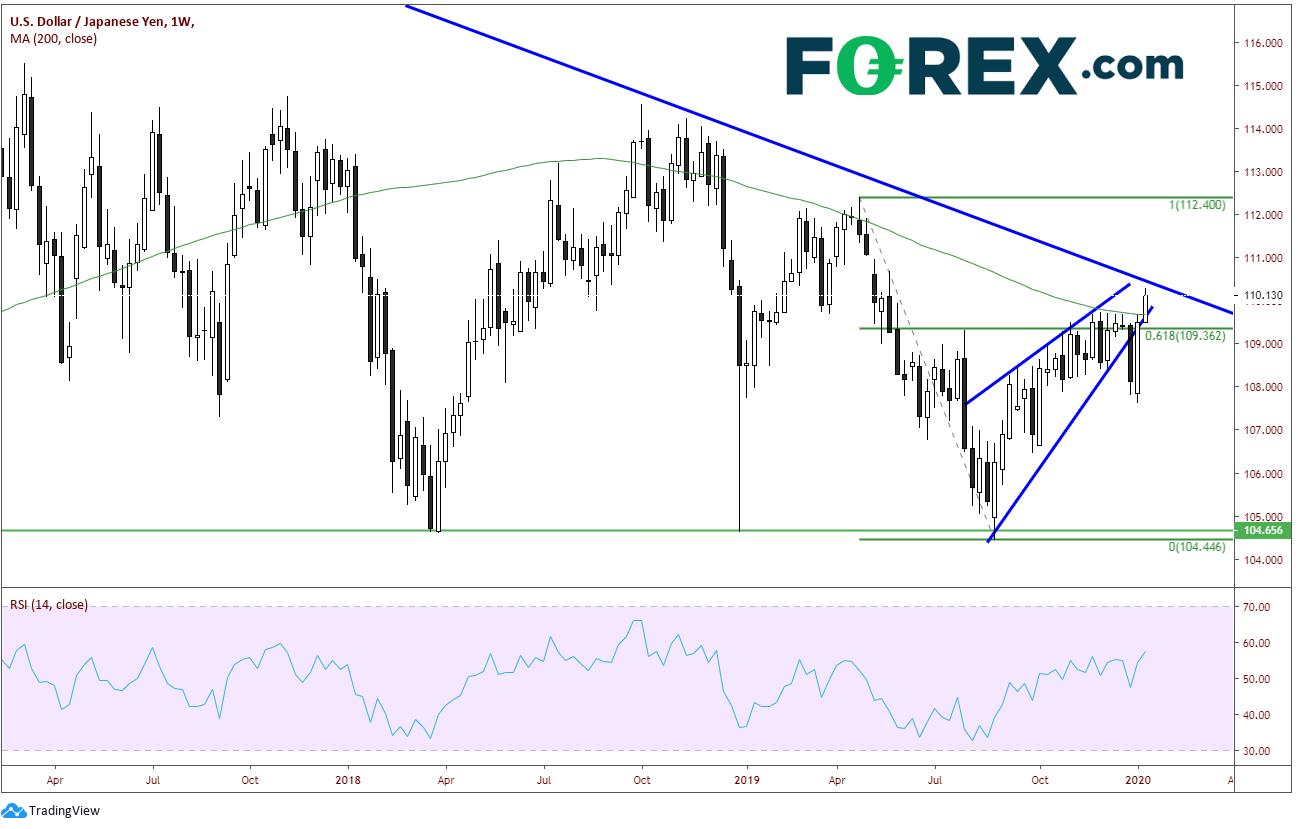Aside from the ceremonial signing of “Phase One” of the U.S.-China Trade Deal, this past week was seemingly uneventful. The U.S. Senate passed the United States- Mexico-Canada Agreement (USMCA) and it is currently awaiting President Trump’s signature. Things between the U.S. and Iran in the Middle East have calmed down and stocks have continued their climb to all-time highs on the back of better bank earnings.
The World Economic Forum’s annual meeting will be held this coming week in Davos, beginning on Wednesday. Many world leaders and large companies attend this event, including large oil companies, and it may be good for some potentially market-moving soundbites.
With many of the political and geopolitical events on the sidelines (for now), the markets next week are likely to begin focusing once again on central banks, macro-economic data and earnings.
There are three Central Bank meetings next week, which include the Bank of Japan, the Bank of Canada, and the European Central Bank.
Earnings season kicks into high gear beginning Tuesday, with such notables reporting as Halliburton (NYSE:HAL) (NYSE:HAL), Netflix (NASDAQ:NFLX) (NASDAQ:NFLX), Texas Instruments (NASDAQ:TXN) (NASDAQ:TXN), Johnson & Johnson (NYSE:JNJ), and American Express (NYSE:AXP).
In addition, macro-economic data highlights for next week are as follows:
Monday
Chart to Watch: USD/JPY

As stocks continue to put in new all-time highs, USD/JPY is moving right along with them. During the first week of the year, price put in a bullish engulfing candle after a false breakout out of the rising wedge. Last week, USD/JPY squeezed above strong horizontal resistance and the 200-week moving average near 109.70. The pair is currently approaching a long-term downward sloping trending dating back to mid-2015.
If price breaks above the trendline, it will look to fill the gap from the first week of May 2019 near 110.90/111.00.
